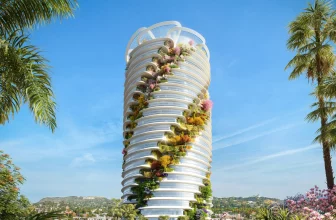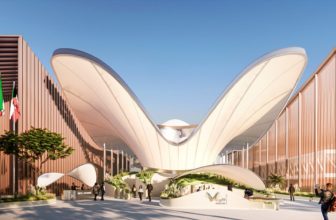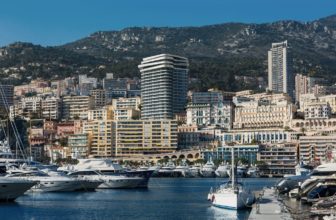AA Istanbul Visiting School, in collaboration with Istanbul Bilgi University, is a unique learning and making experience. The program continues to build on its expertise on generative design methodologies and large-scale prototyping techniques from previous years, while bringing together a range of experts from internationally acclaimed academic institutions and practices, Architectural Association, Zaha Hadid Architects, among others.
The program is organized to expose the participants to a systematic and carefully designed structure that includes software sessions, design seminars, studio tutorials, and lectures from internationally known professionals. In 2018, Andrew Kudless joined our program as a Keynote Lecturer and Jury Member. Andrew is an Associate Professor at the California College of the Arts and the founder of Matsys. The work of Matsys has been exhibited internationally and is in the permanent collections of the San Francisco Museum of Modern Art, the Centre Pompidou in Paris, and the FRAC Centre in Orleans, France.
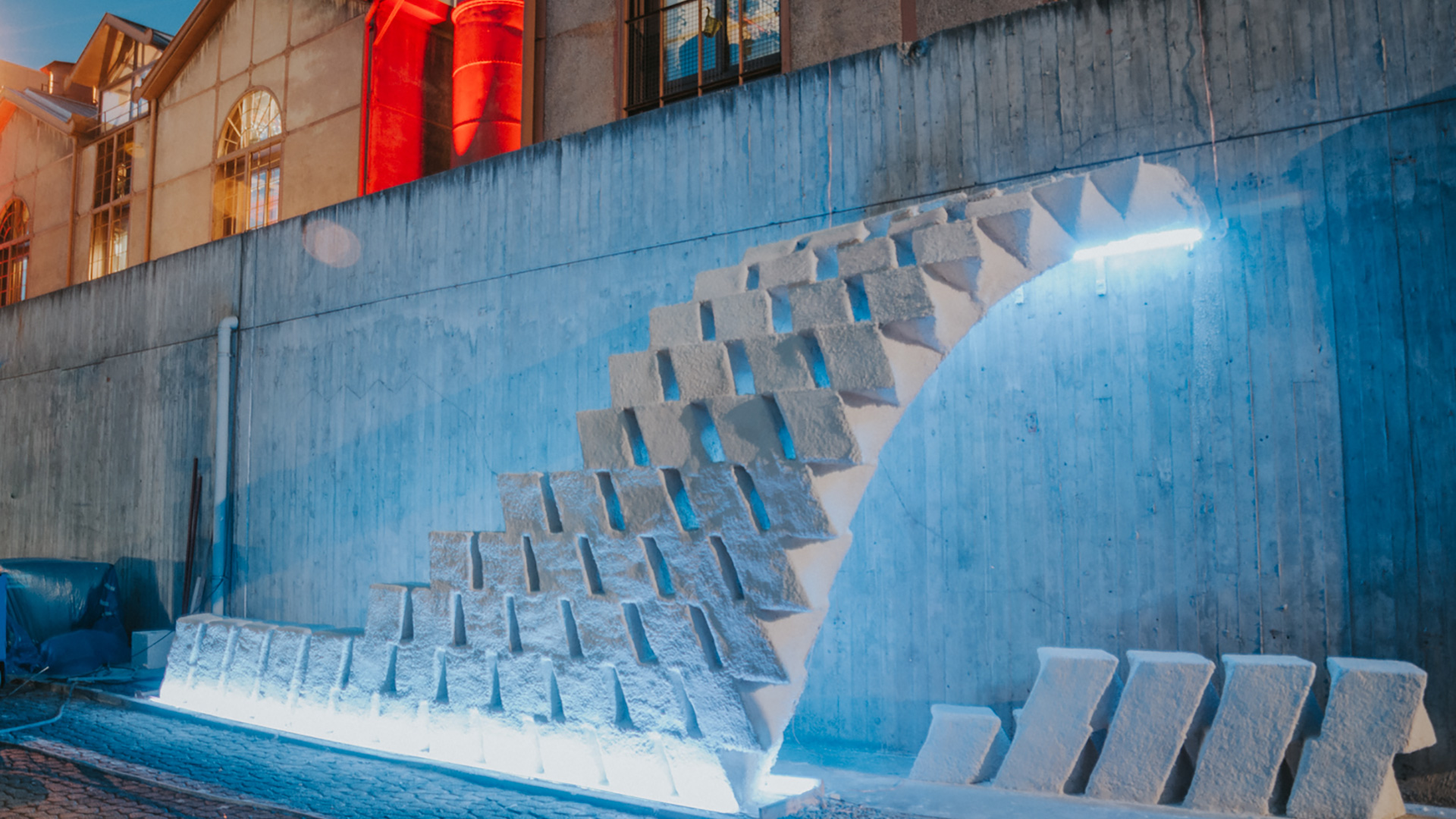
Courtesy of Istanbul Visiting School
During the first part of the program, participants are organized into design teams, working on the shared design brief through design experiments and scaled physical models. The outcome of this stage is directed at identifying the final design proposal according to a set of predefined design criteria. During the second phase of the programme, students and tutors form one large design & build team working towards the fabrication and assembly of the final prototype with a combination of digital and hands-on techniques.
In 2018, our research agenda focused on devising an innovative strategy for the materially efficient production of stay-in-place Expanded Polystyrene (EPS) form-work for in-situ concrete construction and a novel application of a patented Glass Reinforced Concrete (GRC) technology. Research objectives centered on the development of complex form-work generation and concrete application via advanced computational and robotic methods.
The employment of complex formwork for concrete structures has the potential to yield architecturally diverse and materially efficient assemblies. While it is viable to produce form-work with complex geometries via advanced digital and robotic fabrication tools, a key consideration area is the reduction of form-work waste material. The potential to incorporate this constraint in the preliminary design process as a design driver has advantages in waste optimization as well as production costs.
While current methods facilitate form-work waste reduction by leveraging computational techniques such as geometry optimization or fabrication-based techniques such as the employment of adaptive molds, the research conducted during AA Istanbul Visiting School correlates waste optimization with geometrical freedom through the selected fabrication technology.
The research agenda explores methods of associating architectural, spatial, and structural criteria with a material-informed holistic approach. The digital and physical investigations are founded on Robotic Hot-Wire Cutting (RHWC) technique. The geometrical and physical principles of RHWC are transformed into design inputs, whereby digital and physical tests inform each other simultaneously. Correlations are set between form-work waste optimization with the geometrical freedom and constraints of hot-wire cutting via computational methods.
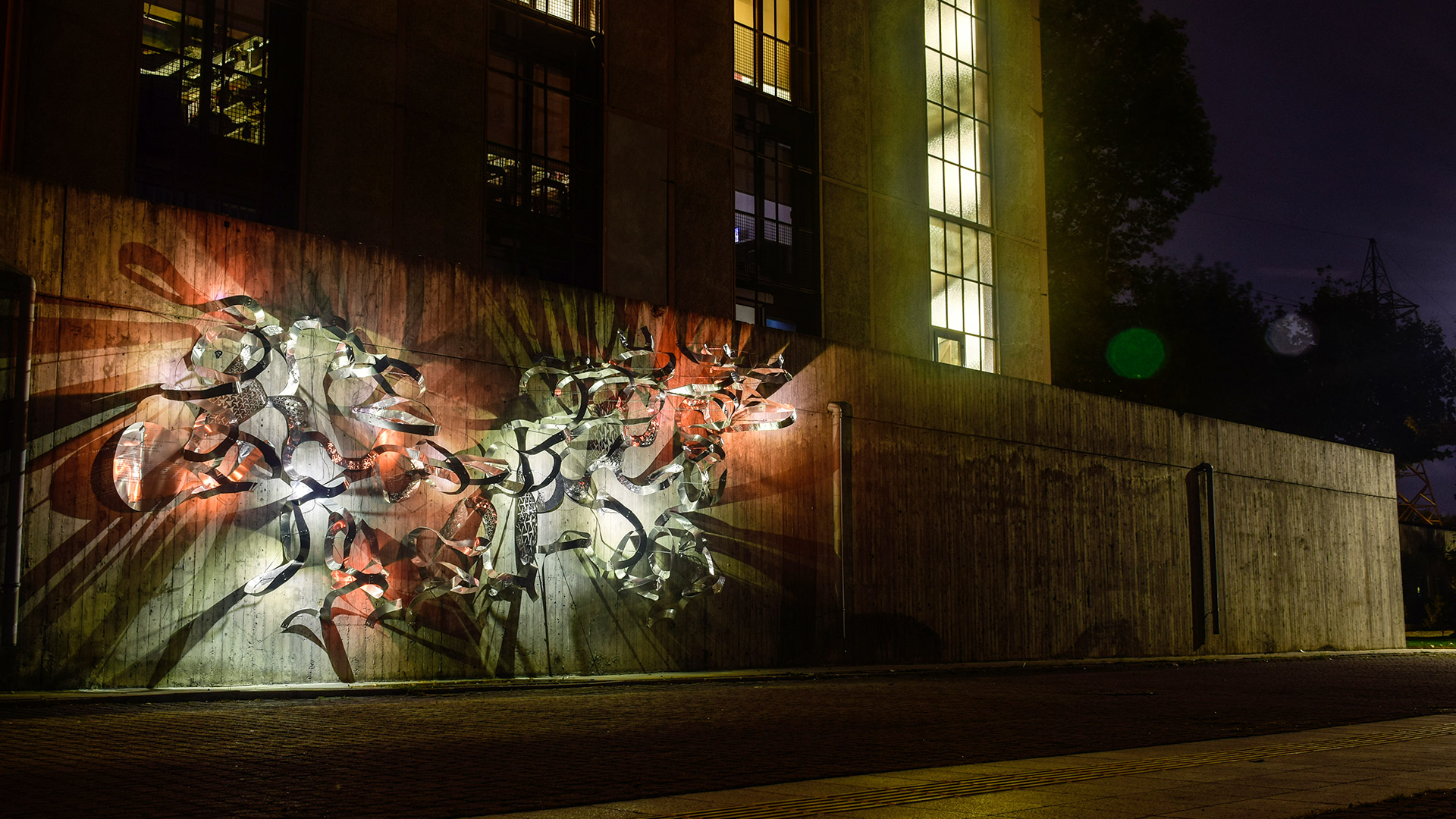
Courtesy of Istanbul Visiting School
The generative design process is initiated by principles driven by the reduction of waste yet bearing the capacity for generating an architectural element with a sufficient degree of formal freedom. The modularity of the EPS blocks drives the design options to be examining modular approaches and simultaneously exploring ways of utilizing all pieces into the final formal configuration. This ambition necessitates the dismissal of the conventional binary approach that treats pieces of form-work as ‘positive’ and ‘negative’ products, but rather explores each fabrication step as producing ‘positive’ modules which actively contribute to the final formal configuration of the architectural assembly.
A custom-devised algorithm built-in Grasshopper initially generates variations of doubly-curved ruled surfaces that are appropriate for hot-wire cutting for individual modules. A set of two unique volumes are generated from each module by separating them along the ruled surface. The algorithm then distributes all the pieces according to a global configuration system where all pieces share overlapped geometries. The assembly information and sequence are also embedded in the algorithm. Finally, all the unique pieces are produced with a KUKA KR-30 robot and assembled on site.
This in situ construction process is developed by the application of a patented GRC (Glass Reinforced Concrete) technology. A special mixture of GRC is applied on the on-site assembled EPS form-work, which is kept inside the concrete layer. Three layers of GRC are applied consecutively, whereby the concentration of fiber is decreased towards the outermost layer. Initial Finite Element Analysis (FEA) has informed the contents of the GRC mixture and the variation of its thickness throughout the global configuration.
One of the questions raised during the design process has been the application of a form-work material that could aid in the fabrication of a complex geometrical configuration while maintaining self-supporting capacity. The use of EPS form-work that is embedded inside the structure has facilitated these objectives. Furthermore, the incorporation of RHWC parameters as a driver starting from the initial stages of design development has contributed to a strong correlation between design and fabrication phases, moving away from a direct design-to-production approach.
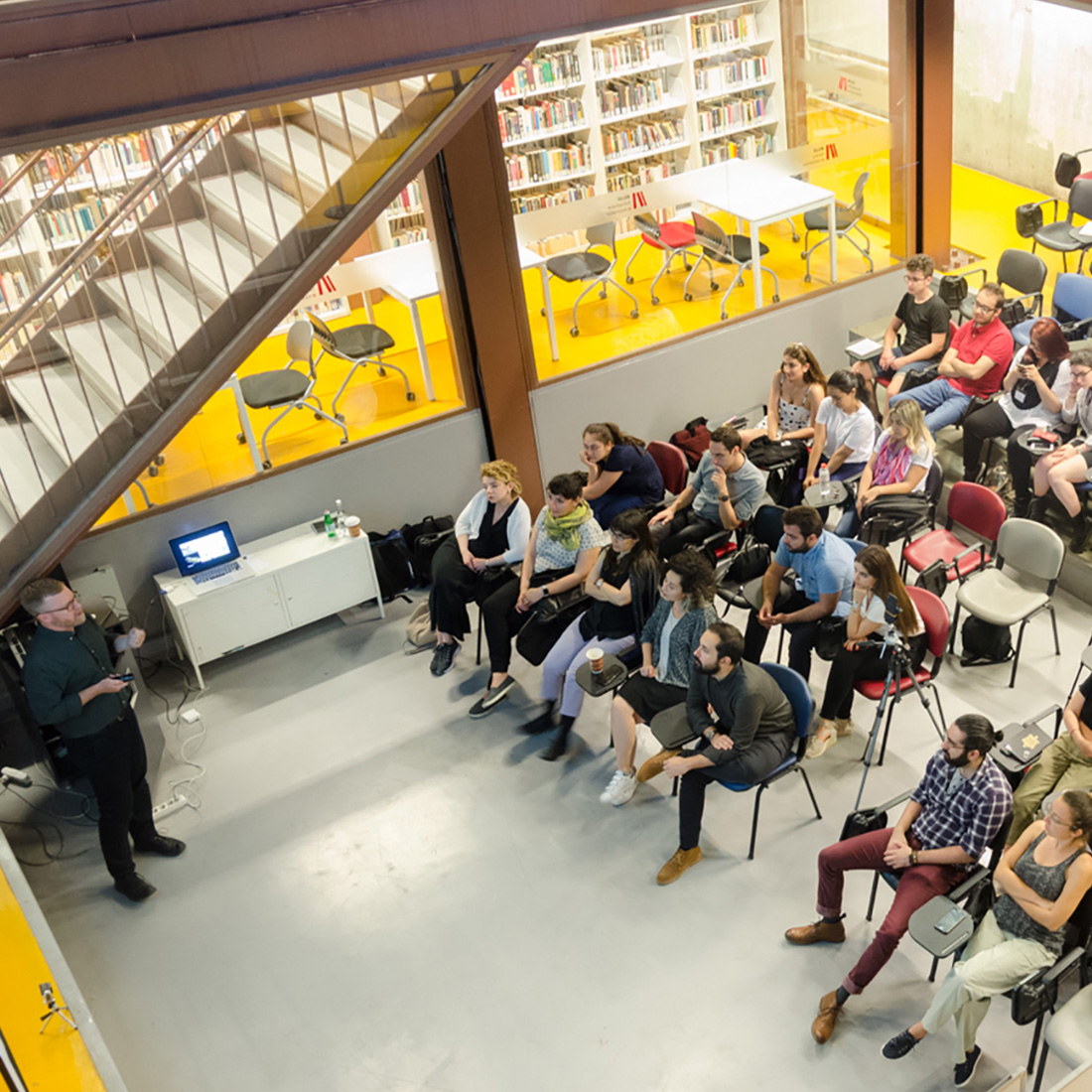
Courtesy of Istanbul Visiting School
The ongoing research intends to incorporate simple mechanical tools and cost-effective fabrication methods with the complexity embedded in generative form-finding processes and robotic tool-path generation that incorporates fabrication opportunities and limitations. The key objective is to illustrate the architectural possibilities of using concrete in a non-conventional way by creating strong associations between computational design methodologies, robotic fabrication processes, and material tendencies.
AA Istanbul Visiting School is kindly supported by Fibrobeton. Fibrobeton has provided expertise on the innovative concrete spraying technologies they have devised, as well as the necessary form-work material and special GRC mix. We organised an exciting trip to Fibrobeton Factory, located in Duzce, where Fibrobeton engineers introduced us to their know-how and novel GRC technology on-site. Fibrobeton has been heavily involved in the preparations of the course, providing initial prototypes to guide the workflow of the program.
AA Istanbul Visiting School 2019, directed by Elif Erdine and Milad Showkatbakhsh, will take place 8 – 19 July 2019. For more information and applications:
Credits
AA Visiting School Director: Christopher Pierce
AA Istanbul Visiting School Programme Head: Elif Erdine
Bilgi University Coordinator: Sebnem Yalınay Çinici
Tutors: Aslı Aydın, Cemal Koray Bingöl, Elif Erdine, Gamze Gündüz, Alvaro Lopez Rodriguez, Milad Showkatbakhsh, Yıldırım Erbaz, İlayda Keskinaslan.
Students: Hasan Talha Aksu, Selin Altun, Selen Atapek, Elçin Can, Semra Defteralı, Elif Denker, Elif İkbal Er, Zehua He, Hanting Hong, Ahmet Berk Hot, Ghammaz Husnain, Yazid Hussein, Çağla Kaplan, Elif Cansu Kayıkcı, Jiayun Ke, Waleejah Khan, Fulya Kılıç, Serkan Kocabay, Jiangling Liao, Şaziye Lofcalı, Zeynep Meleksoy, Ayça Özgün, Ebru Şevli, Zhe Sheng, Murat Sökün, Batuhan Uğurtan, Alana Yosun Walsh, Weiran Wu, Mehmet Yıldırım.



